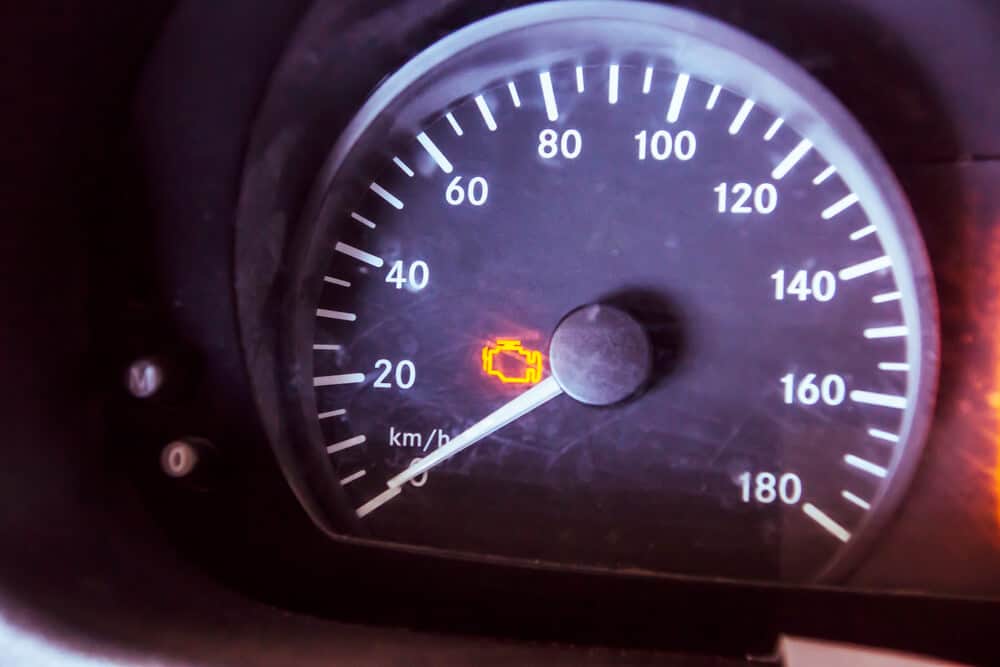Low engine oil level can trigger the Check Engine Light (CEL) due to reduced oil pressure or sensor malfunctions, signaling a potential engine failure risk that demands immediate action to prevent severe damage.
Why Low Oil Activates CEL
The CEL illuminates when engine sensors detect critical issues. Low oil causes low oil pressure, activating sensors like the oil pressure switch or oil level indicator. Modern engines rely on oil for lubrication and cooling; insufficient levels can lead to friction, overheating, or false readings that illuminate the CEL as a warning.
Risks of Delaying Repairs
- Engine Damage: Extended low oil can cause catastrophic wear on bearings, pistons, or the crankshaft, potentially leading to costly repairs like engine replacement.
- Safety Hazards: Ignoring the CEL may result in sudden engine seizure while driving, posing accident risks.
Immediate Fixes to Prevent Damage
Act now to avoid escalation:

- Check Oil Level Immediately: Park on level ground, turn off the engine, and use the dipstick to verify oil level. Top up with manufacturer-recommended oil if low—aim for the full mark.
- Address Leaks or Warnings: After adding oil, reset the CEL via the dashboard or scanner if specified. Monitor for leaks at connections; if light persists, seek professional diagnostics.
Prompt action reduces damage risks and ensures engine longevity—never ignore the CEL as it can indicate multiple issues requiring expert assessment.

